Art at the Fingertips 指尖上的藝術
A Comprehensive Look at Suzhou Embroidery History, Techniques, and Cultural Significance
English 英: June Zhang with translation support from Meng Ying Fan · Chinese 中: June Zhang
Photography: Courtesy of Suzhou Embroidery Research Institute, 花木深
As Featured in 2025 Fête Chinoise Design Annual
Suzhou, an ancient Jiangnan city renowned for its picturesque waterways, is also home to the millennia-old art of Su embroidery. Using needles as brushes and silk threads as ink, embroiderers create intricate designs on plain silk fabric, reflecting the refined beauty of Jiangnan’s canal towns. As one of China’s four great embroideries (alongside Xiang Hunan, Yue Guangdong, and Shu Sichuan), Su embroidery captivates with its refinement, delicacy, elegance, and purity, embodying the ethereal beauty of the region and the cosmos.
提起蘇州這個江南古鎮,人們想到的不僅有小橋流水、粉牆黛瓦,還有一門流傳千年的指尖藝術——蘇繡。繡娘們以針為筆、以絲為墨,在寸寸素絹之上繡出萬象乾坤。作為中國四大名繡之首,蘇繡以其精、細、雅、潔的獨特風韻,展現江南水鄉的靈秀之美。這次我們採訪了蘇州刺繡研究所所長黃燕萍女士,聽她講解這項傳承千年的指尖技法,以及她對這門傳統藝術傳承與未來的思考。
Camellias and peonies are both beloved for their beauty. In the embroidery of Camellia and Peony, we used various Suzhou embroidery techniques, including scattered stitches, satin stitches, and rolling stitches. Eleven sets of color tones and true silk threads in three to eight different shades were used, taking nearly 120 hours to complete. Each stitch was carefully interconnected, with smooth transitions in color and a natural sheen. The result beautifully showcases the purity of the camellia and the noble elegance of the peony, with vibrant colors that are bold yet refined.
山茶和牡丹都以它們的美麗而贏得人們的喜愛。《山茶牡丹》的繡製,我們採用了散套、施套、滾針等多種蘇繡針法,運用11套色相,3~8個色級不同的真絲色線,用時近120個小時,在針針相接,絲絲相扣,轉色和潤自然,色彩艷而不俗的演繹中,既體現出山茶的高潔,更顯現出牡丹的高貴典雅。
Historical artifacts trace Su embroidery’s origins back more than 2,500 years to the Spring and Autumn and Warring States periods (770–221 BCE). This art initially emerged from tattoo motifs worn by the people of Wu and Yue before transitioning to garments and evolving into decorative textile embroidery.
By the Ming dynasty (1368–1644), Suzhou had become a hub for embroidery innovation, influenced by masters from the Wu School of Painting such as Tang Yin (courtesy name Bohu) and Shen Zhou. This artistic movement elevated embroidery into an expressive art form, giving rise to specialized genres like imperial court embroidery, commercial embroidery and boudoir embroidery.
The embroidery of the Flowers and Birds design uses traditional Suzhou embroidery techniques such as scattered stitches, hair stitches, and rolling stitches. The magnolia is embroidered using the "包头" technique, standing gracefully, while the peony is embroidered with fine silk threads to showcase its elegant and delicate posture. The birds perched on branches have soft, fluffy feathers, and the addition of golden thread highlights the lifelike appearance of the golden-threaded bird. The work uses four color tones, with 4 to 12 different shades of silk thread. After more than 120 hours of embroidery, it beautifully captures the hazy night, the gentle breeze, and the serene ambiance of flowers and birds singing.
花鳥圖的繡制,我們用傳統蘇繡的散套、施毛針、滾針等針法,採用包頭的技法繡制的玉蘭亭亭玉立,按姿態絲理繡制的芍藥婀娜柔美,伫立枝頭的鳥兒毛絲松軟,加之金絲線的點綴,突出了金絲鳥的形態逼真。作品採用了四個色相,4~12個不等的色級的真絲花線,經過120多個小時的繡制,完美地表達了夜色朦朧,微風習習中花香鳥語的意境。
The Qing dynasty (1644–1912) marked Su embroidery’s golden age as urban economies flourished. The saying, “Every household owned an embroidery loom; every family practiced the art,” reflects its widespread popularity during this time. Published during this period was The Manuals of Embroidery (Xiu Pu), compiled by master embroiderer Ding Pei (courtesy name Bushan). This six-chapter treatise became a cornerstone for advancing techniques, detailing everything from workspace setup to colour blending. Organized into chapters on workspace selection, pattern design and selection, material preparation, colour judgement, technique standards and classification and evaluation, it was the first systematic treatise on Chinese embroidery techniques.
根據現存文物及文獻記載,蘇繡的起源可以追溯到春秋戰國時期,距今已有兩千五百餘年的歷史。起初源自吳越地區古人身上的紋身圖樣,逐漸改用於衣物上,演變為服飾刺繡。明朝時期,蘇州出現了以唐寅(唐伯虎)、沈周等為代表的吳門畫派,推動了刺繡的發展。繡品出現了宮廷繡、商品繡和閨閣繡之分。清代之後,隨着經濟更加發達,蘇繡的發展也達到了 「家家有繡繃,戶戶在刺繡」的鼎盛時期。
道光年間,刺繡名家丁佩(字步珊)編撰了《繡譜》,這部於道光元年(1821年)刊行的著作,是中國刺繡史上首部系統化刺繡工藝技法的專集。全書分為擇地、選樣、取材、辨色、程工、論品六篇,深入淺出闡述刺繡的特點和技法。《繡譜》的問世,進一步鞏固了蘇繡在中國四大名繡中的領先地位。
The embroidery work Two Birds was completed after 46 hours of effort. It primarily uses the "施针" technique, complemented by the use of contrasting stitches. With six color tones and 1 to 8 different shades of silk thread, the embroidery vividly brings to life the playful scene of the birds, symbolizing their "unity of heart." The image is lively, energetic, and full of charm.
《雙鳥圖》刺繡作品經過46個小時的努力,採用以施針為主,輔以虛實針,在六套色相,1~8個不同色級絲線的運用中,將鳥兒在嬉戲中“同心”寓意的意境演繹得栩栩如生,畫面生動,活潑,富有情趣。
Frequent warfare during the late Qing and early Republican era disrupted traditional arts like Su embroidery. Recognizing its cultural value, government-led conservation efforts began in the 1950s. In 1954, an embroidery collective under the Suzhou branch of the China Federation of Literary and Art Circles gathered leading talents in embroidery, painting and mounting, laying the groundwork for what would become today’s Suzhou Embroidery Research Institute. Formally established in February 1960 in Suzhou’s historic Mountain Villa of Secluded Beauty, this organization has since spearheaded efforts to preserve Su embroidery while fostering innovation.
The embroidery of the Flower Basket design uses various traditional Suzhou embroidery techniques, including scattered stitches, rolling stitches, small triangle stitches, seed stitches, and shading stitches. By contrasting light and dark and outlining the contours, six sets of color tones were applied, with each color having 4 to 8 different shades. Special attention was given to the gradual color transitions, which highlighted the depth and three-dimensional effects of the flowers and the lingzhi fungus. The overall color scheme is vibrant yet refined, and the piece is meticulously detailed and visually pleasing. The work took approximately 80 hours to complete.
蘇州刺繡研究所和花木深聯名製作的蘇繡服裝。花籃圖的繡制,採用了散套、滾針、小三角針、打籽、虛實針等多種蘇繡傳統針法,運用虛與實對比和輪廓勾勒的手法,用6套色相,每色4~8個色級的花線,特別是在色線的漸變中,突出了花卉、靈芝變化的遠近立體效果。整體色彩搭配艷而不俗,作品虛實有序,精細美觀。用時約80多個小時。
Over seven decades, the institute has carried forward its mission of researching, preserving and transmitting this art form. Since 2006, with increased public awareness of intangible cultural heritage preservation in China, Su embroidery has garnered renewed attention. Its practitioner base has expanded significantly, reaffirming its status as a vibrant emblem of cultural legacy.
Embroidery styles across China reflect distinct regional identities through unique motifs, materials, techniques and colour palettes. Rooted in Jiangnan’s refined aesthetics, Su embroidery stands out for its unmatched delicacy and versatility. Its stitching techniques create naturalistic compositions depicting landscapes or flower-and-bird motifs with remarkable detail. For example, while both Suzhou and Sichuan artisans depict koi fish designs, their methods differ greatly: Suzhou embroiderers use ultra-fine silk threads layered from light to dark tones for smooth textures with gentle transitions. By contrast, Sichuan artisans favour bold contrasts that emphasize shape over texture.
清末民初,戰亂頻仍,蘇繡等傳統技藝的傳承受到影響。五十年代起,國家開展對傳統工藝的保育計劃。 1954 年,蘇州文聯屬下的刺繡小組作為研究所的前身,集合刺繡、繪畫、裝裱等各方面的當代頂尖人才。1960年2月,蘇州刺繡研究所正式成立,有系統地恢復和發展蘇繡技藝。在過去七十餘年間,研究所肩負着蘇繡技藝的研發、保育與傳承重任。尤其自 2006 年起,隨着國家對非物質文化遺產保育工作的全面推廣,蘇繡這項傳統技藝逐漸獲得廣泛關注與認可。
各地刺繡因地域文化差異,在題材、用料、工藝和色彩搭配上,各具特色。蘇繡受江南文化滋養,以細膩雅緻著稱,講究針法靈活多變,繡面自然飽滿、層次分明,善於表現山水、花鳥、小貓等細膩紋樣,體現出江南水鄉特有的溫婉與精緻。蘇繡和蜀繡在題材上都有鯉魚紋樣,但技法上卻各具特色:蘇繡普遍採用由尾至頭的「施針」技藝,配以細膩的絲線,色彩從淺到深,一層層疊加刺繡,營造出柔和細膩、豐滿圓潤的質感;另一方面,蜀繡多採用由魚頭至魚尾的工序,絲線粗獷,色彩由深至淺,強調造型感和色彩對比,各有千秋。
Representing the pinnacle of Su embroidery artistry, the institute has played an irreplaceable role in preserving heritage while driving innovation in technique. In 1955, researchers at the institute pioneered “double-sided embroidery,” where identical patterns appear on both sides of a piece. This evolved into “double-sided double-variation” (featuring different colours on each side) and eventually “double-sided triple-variation,” showcasing distinct patterns on both sides using varied stitching methods — a testament to unparalleled craftsmanship. These breakthroughs revolutionized Chinese textile art by significantly expanding Su embroidery’s expressive potential.
Such innovations have inspired other regional schools of embroidery while cementing Suzhou’s leadership in this field. Despite these advancements, Su embroidery remains a meticulous craft requiring immense skill and patience. Real-time demonstrations often struggle to fully convey its intricacy and artistic charm. Video or photographic documentation is often necessary for wider dissemination but has inherent limitations in promoting this art in today’s fast-paced society.
蘇州刺繡研究所作為蘇繡技藝的殿堂級代表,不僅在傳承方面佔據不可或缺的重要地位,同時兼備創新與改革的角色。研究所自 1955 年創造了「雙面繡」技法以來,逐步創造出了「雙面繡」、「雙面異色」,以及 「雙面三異」等技術突破。其中 「雙面三異繡」最為複雜,作品正反兩面圖案、色彩和針法均不相同,豐富了蘇繡的表現形式,帶來中國刺繡藝術的標誌性突破。雙面繡技法研發後,逐漸被其他刺繡流派借鑑,進一步推動了整個刺繡工藝的發展與革新。
刺繡作為一門典型的慢工細活,其創作過程繁複且耗時,現場刺繡示範不足以呈現其精細與魅力,更多時候只能通過視頻或照片記錄和傳播,局限了刺繡在節奏急速的現代社會中的推廣。與許多傳統手工藝一樣,蘇繡的傳承之路並不平坦。蘇州刺繡研究所積極舉辦展覽和活動,旨在提高公眾對蘇繡的認識和興趣。同時,研究所積極拓展蘇繡的市場價值,通過文化周邊、文創商品,與時尚品牌合作,提升蘇繡產品的形象及實用。在培養人才方面,研究所除了招收工藝美術專業人才,還通過高校合作、蘇繡體驗、專業付費培訓等方式,吸引年輕人了解並參與。
To address these challenges, the institute has launched initiatives to raise public awareness about Su embroidery’s cultural significance. Exhibitions and cultural events showcase its artistry to wider audiences, while collaborations with fashion brands help integrate traditional techniques into contemporary designs. Additionally, innovative merchandise derived from Su embroidery adds commercial value without compromising artistic integrity.
The institute is also committed to nurturing future generations of Su embroiderers through partnerships with colleges and universities. It offers tiered courses tailored to varying skill levels, alongside introductory workshops designed to spark interest among younger participants. Specialized fee-based training programs ensure that those pursuing careers in this field receive comprehensive instruction.
Exhibitions have become another vital tool for promoting this heritage globally. The institute regularly organizes events that showcase Su embroidery’s artistry while fostering appreciation among wider audiences. One upcoming highlight is an exhibition in Hong Kong in 2025— a rare opportunity for visitors to witness firsthand the exquisite craftsmanship behind one of China’s most treasured traditions.
隨着生活品質和審美需求的提昇,蘇繡在室內設計的應用也越來越廣泛。軟裝設計日漸成為家居美學的重要一環,蘇繡的獨特藝術魅力被套用於屏風、壁掛、抱枕等家品之中,為空間增添典雅韻味。現代設計師將傳統刺繡工藝與其他現代美學相融合,讓蘇繡在延續傳統的同時,展現出嶄新的生命力與藝術價值。據悉,蘇州刺繡研究所計劃今年在香港舉辦蘇繡展覽,有興趣的朋友不妨親臨感受蘇繡的精妙與魅力。
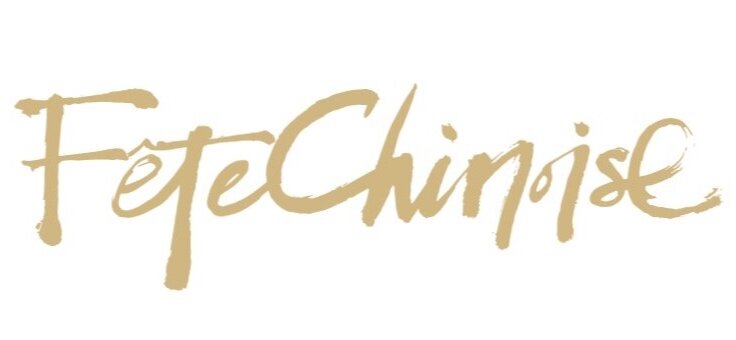


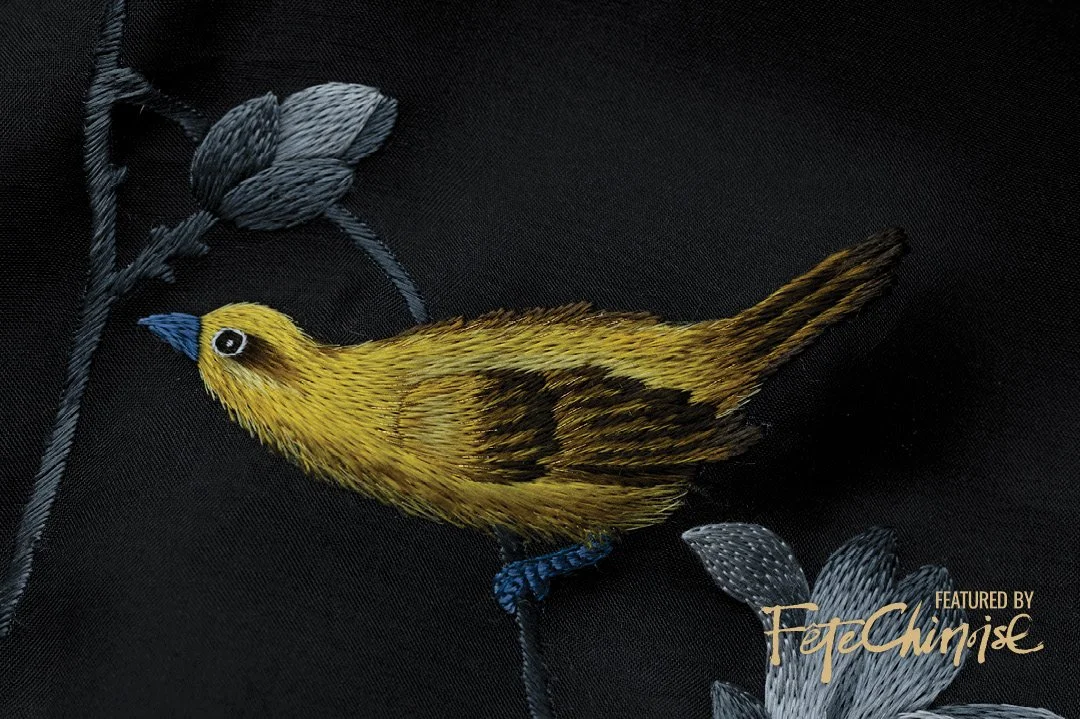
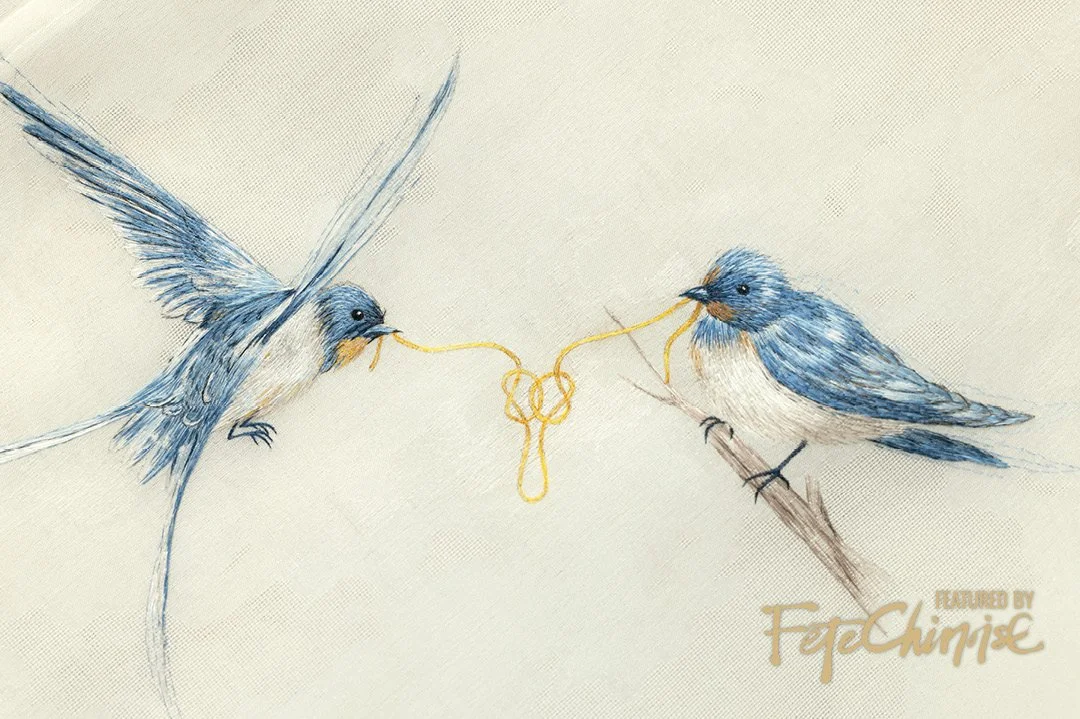
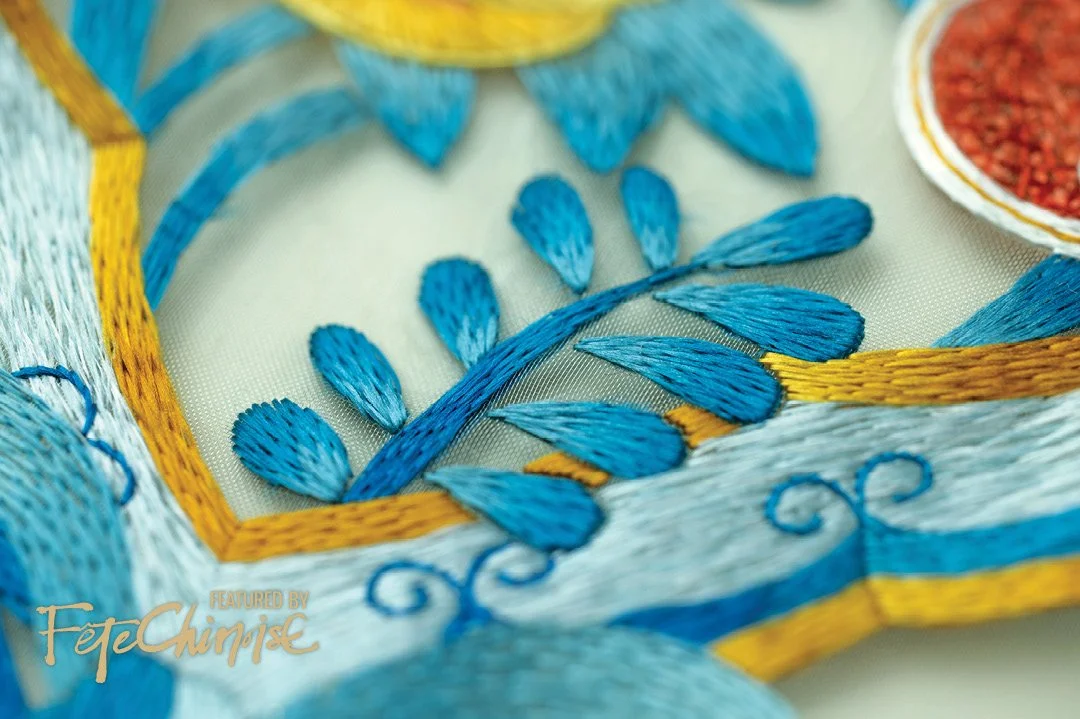



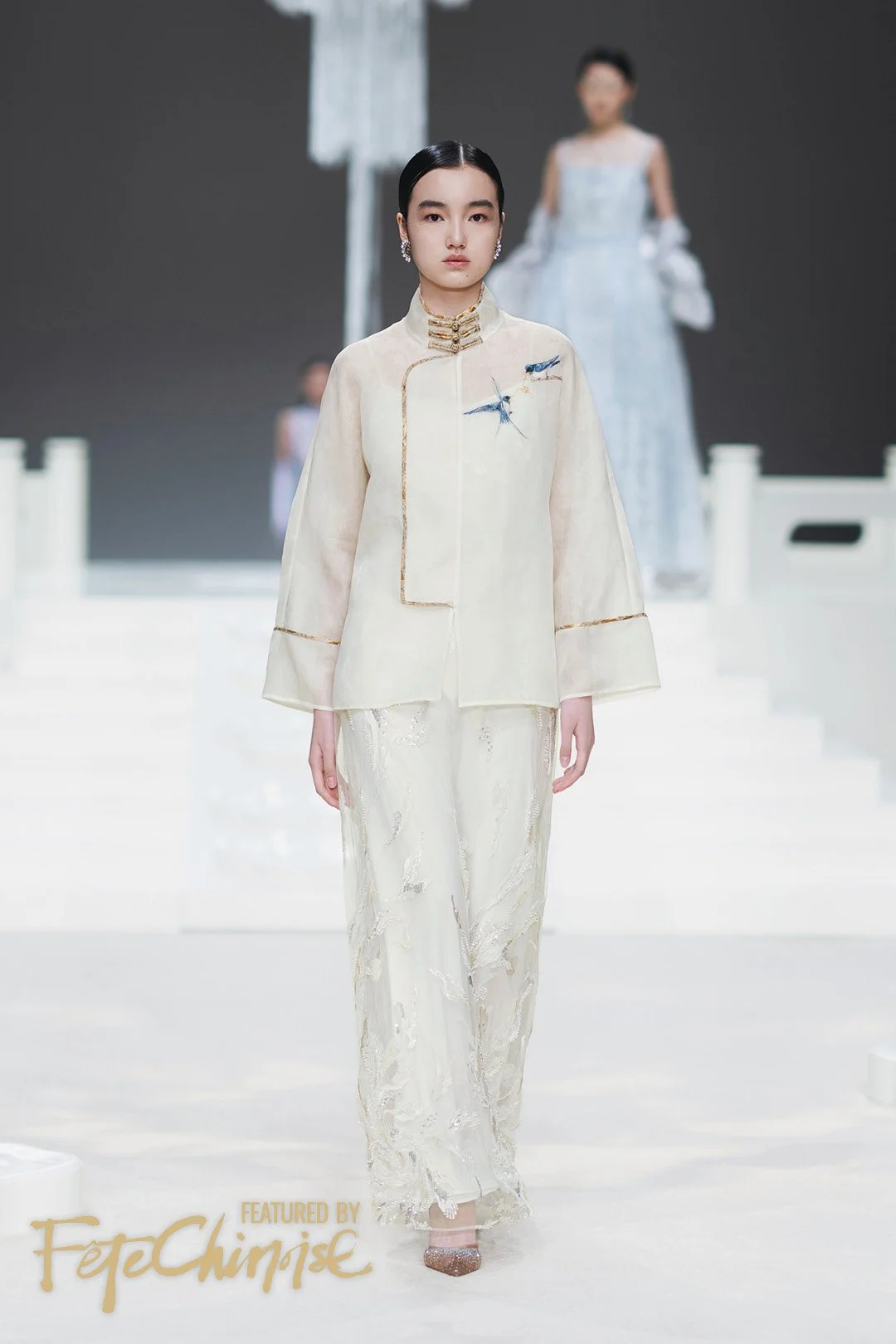
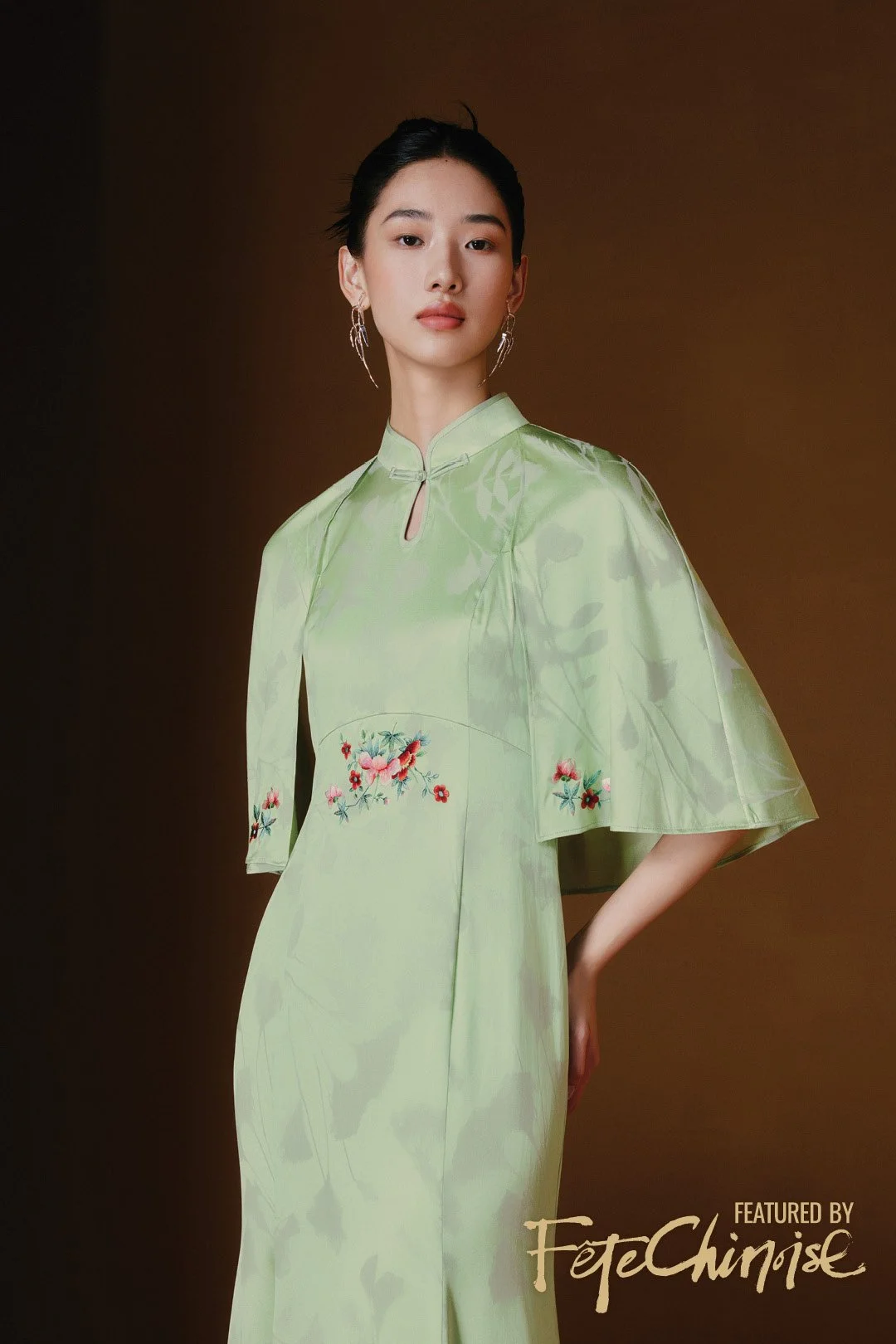
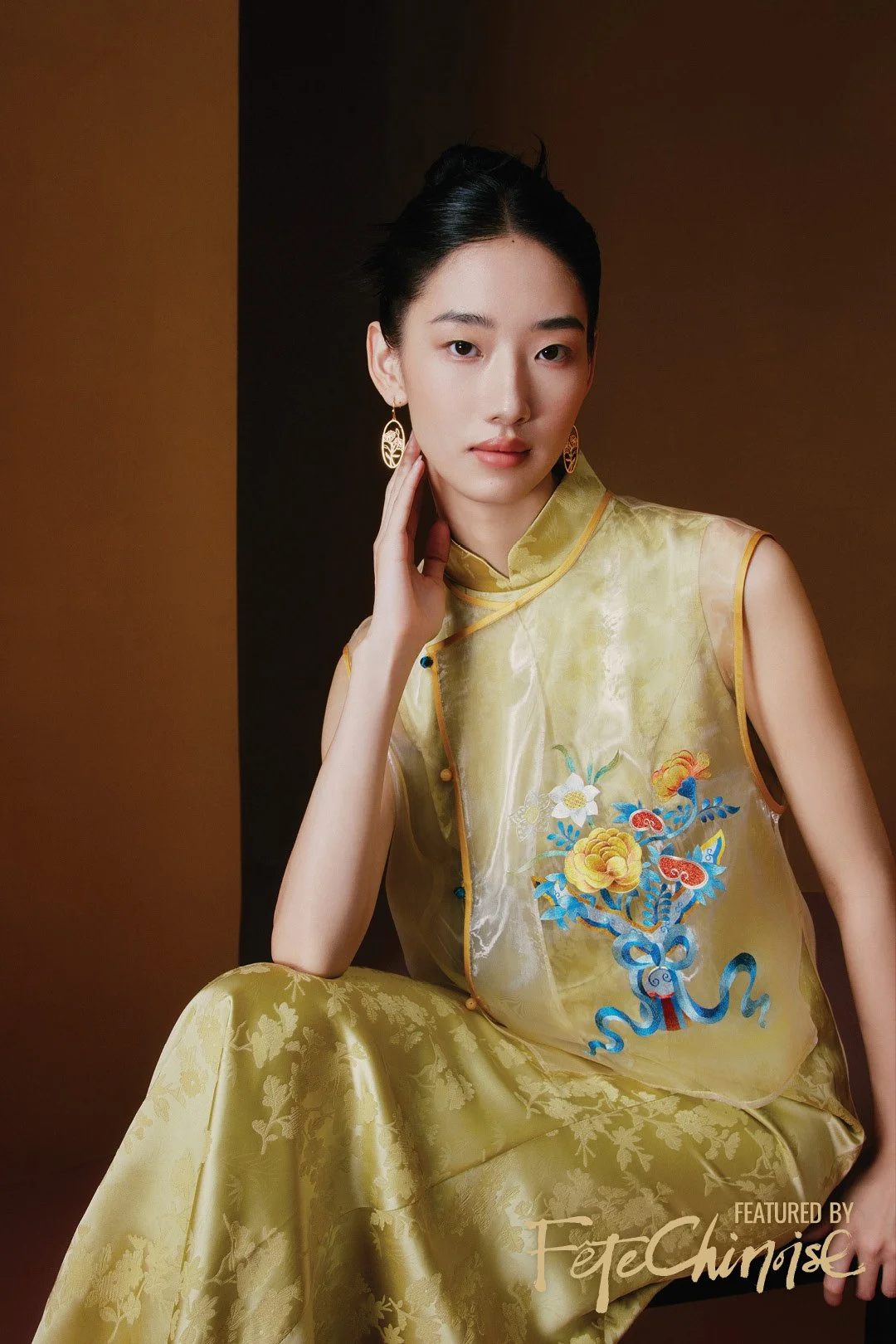
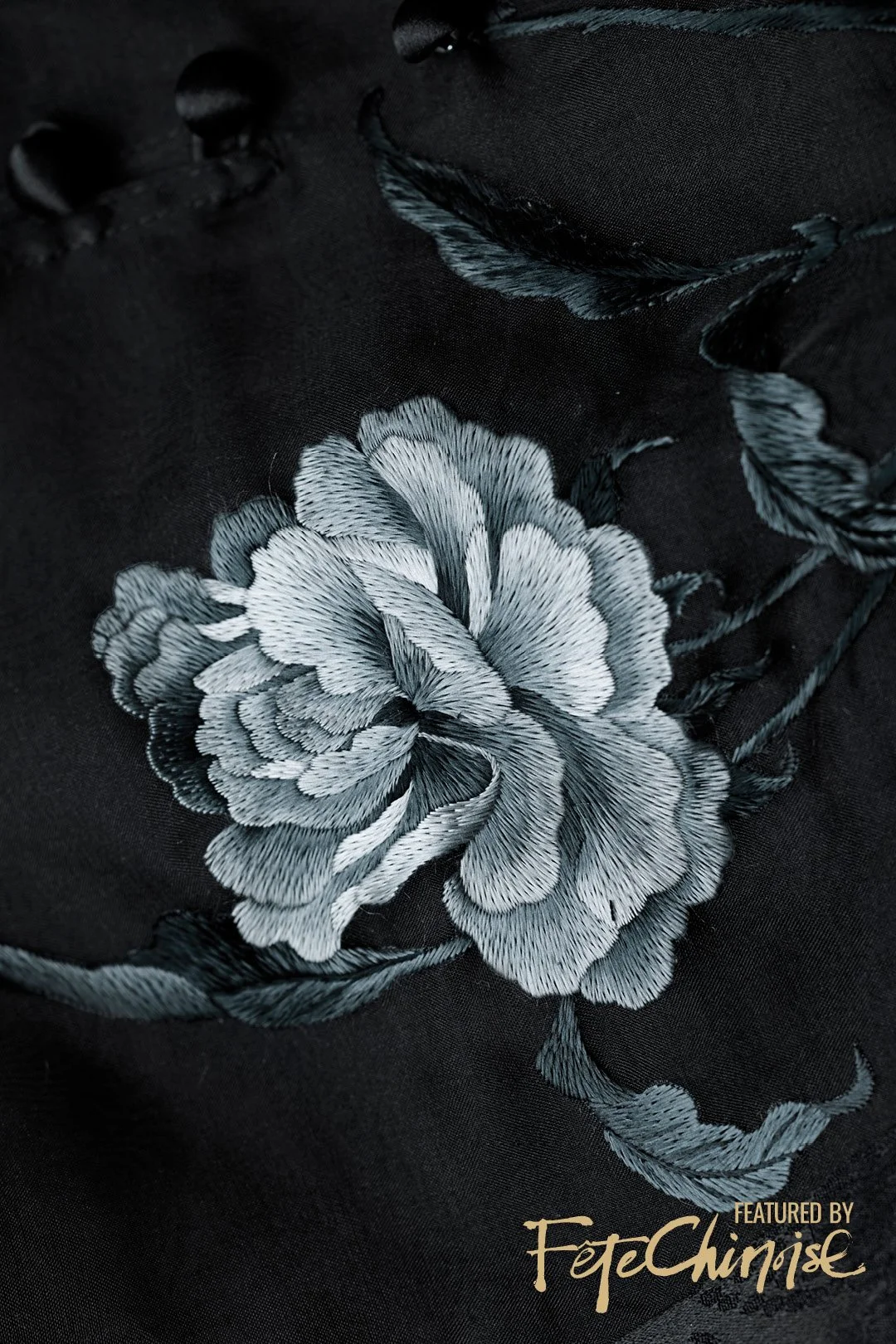
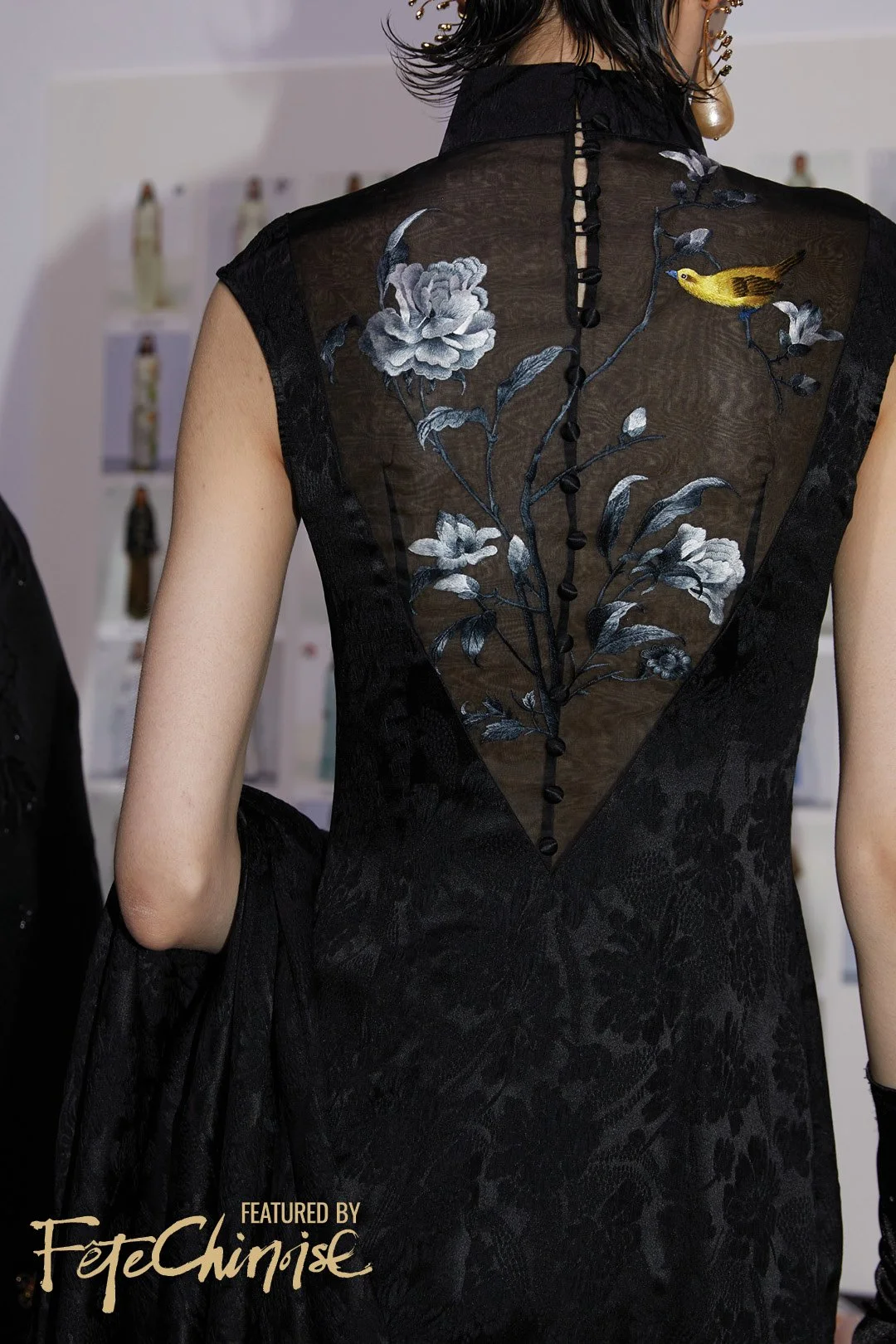

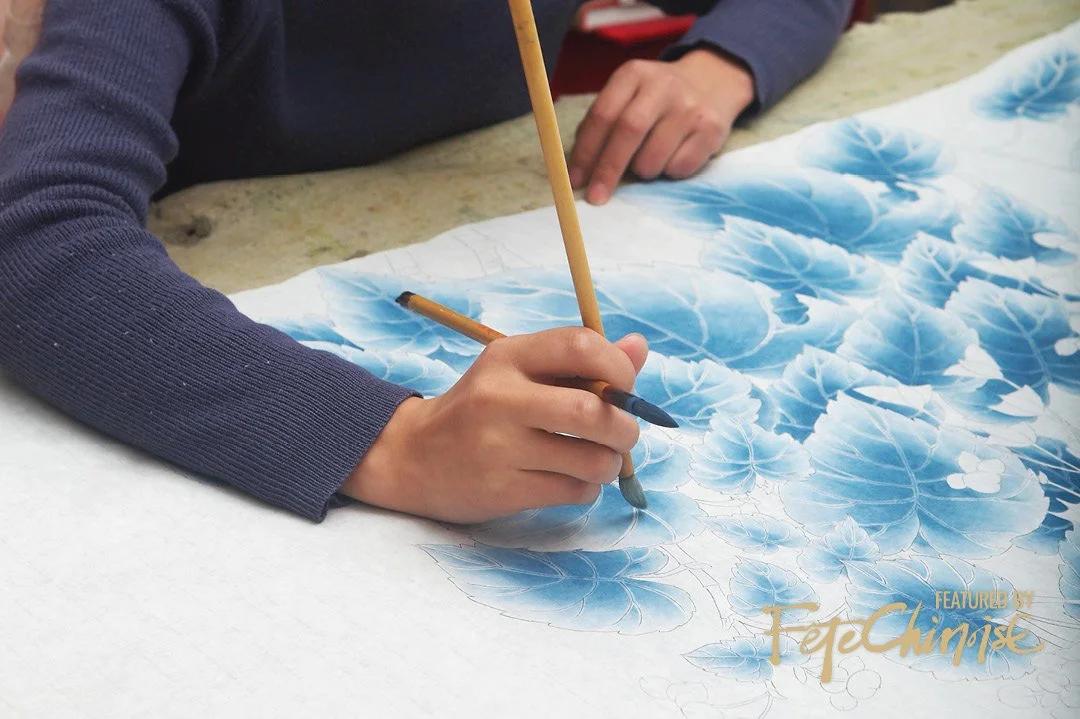
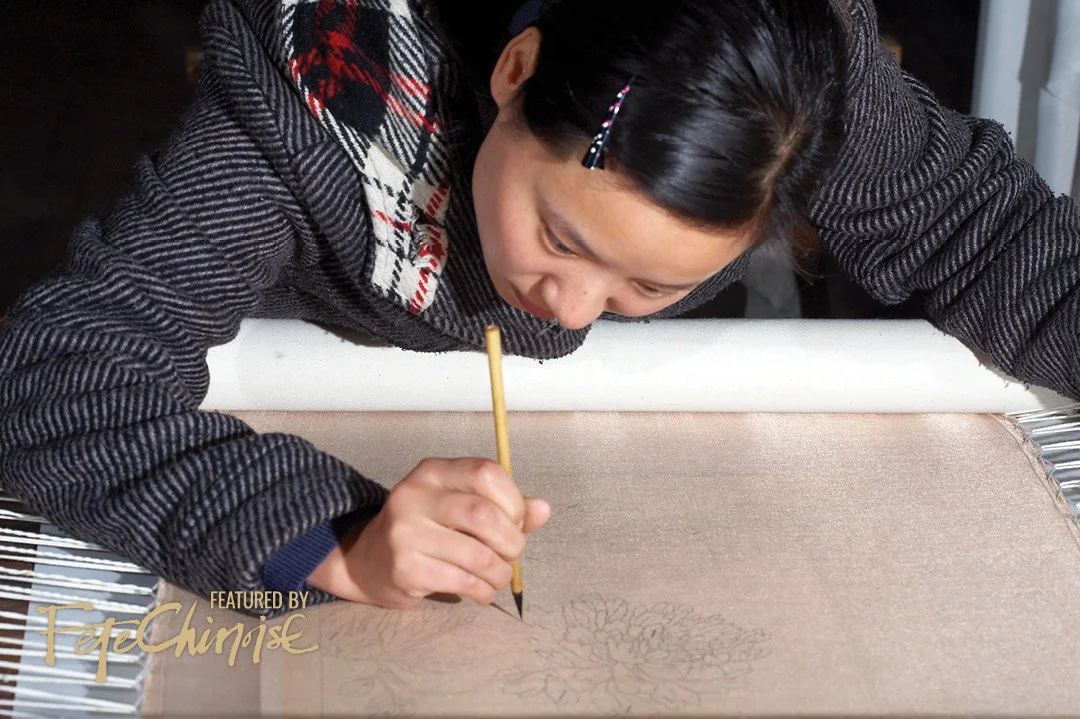

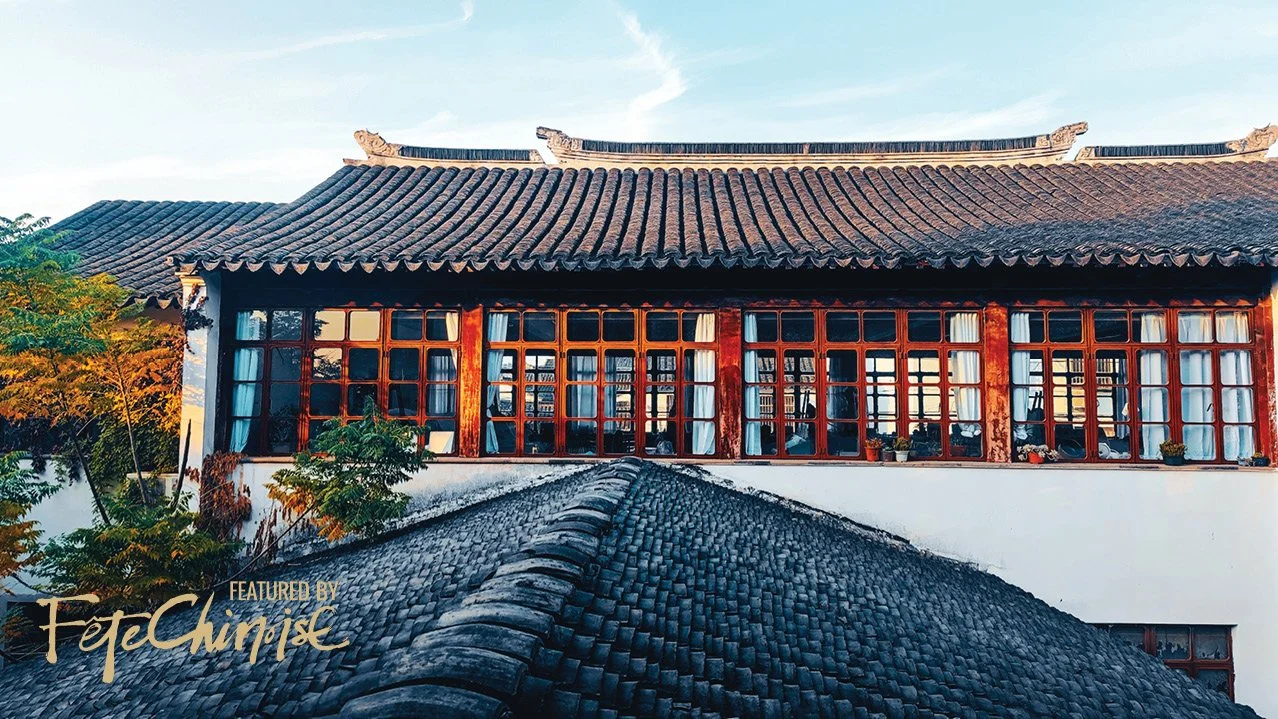



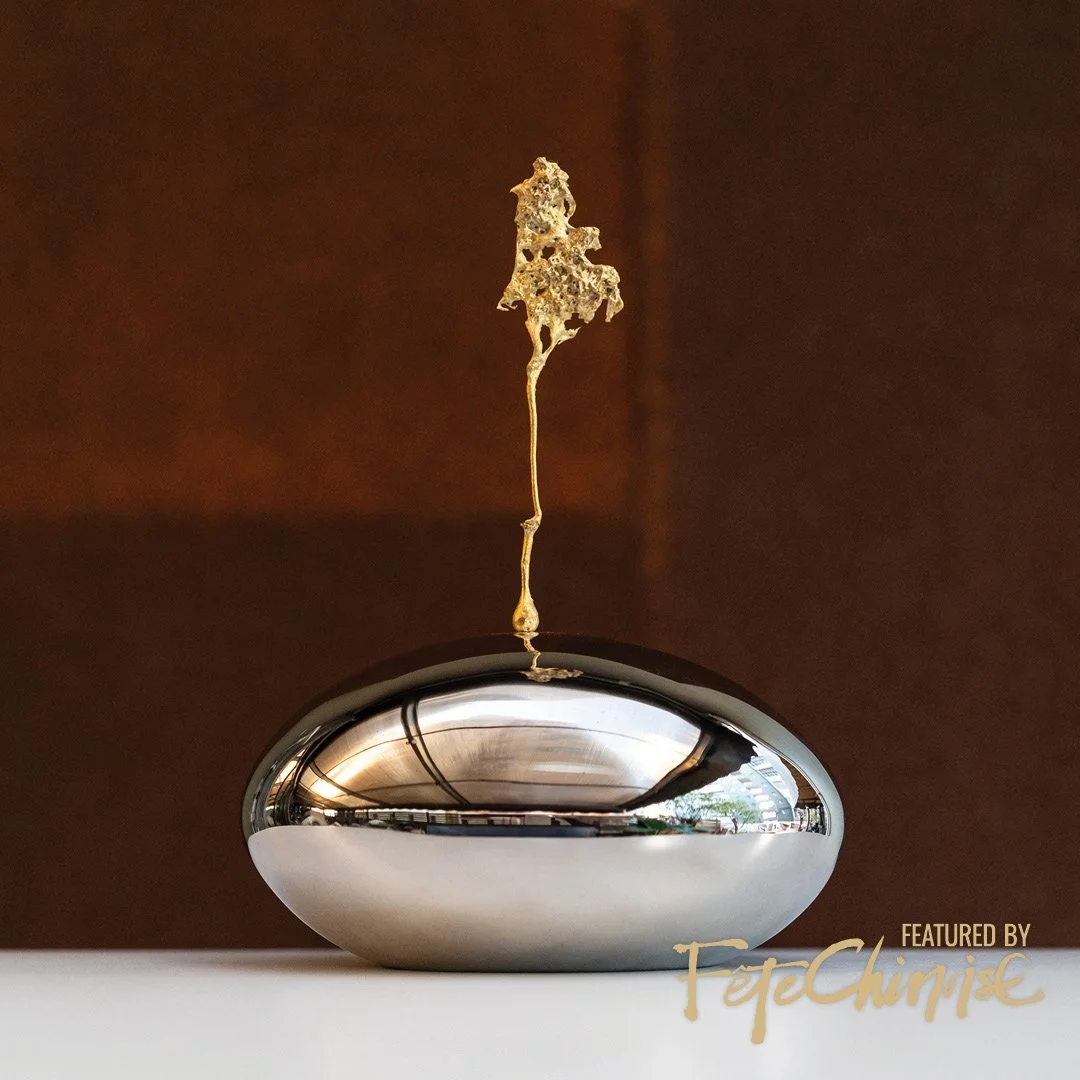
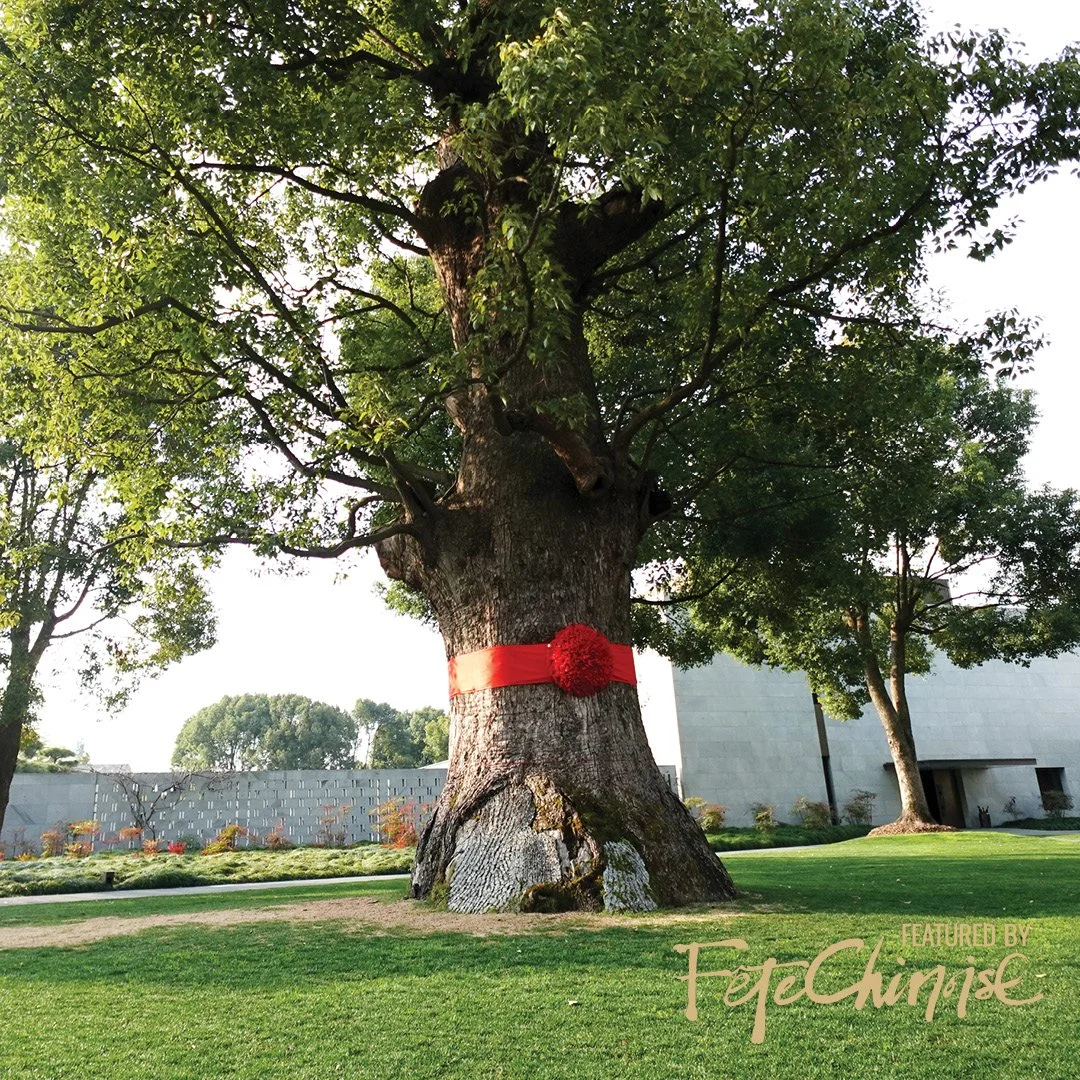


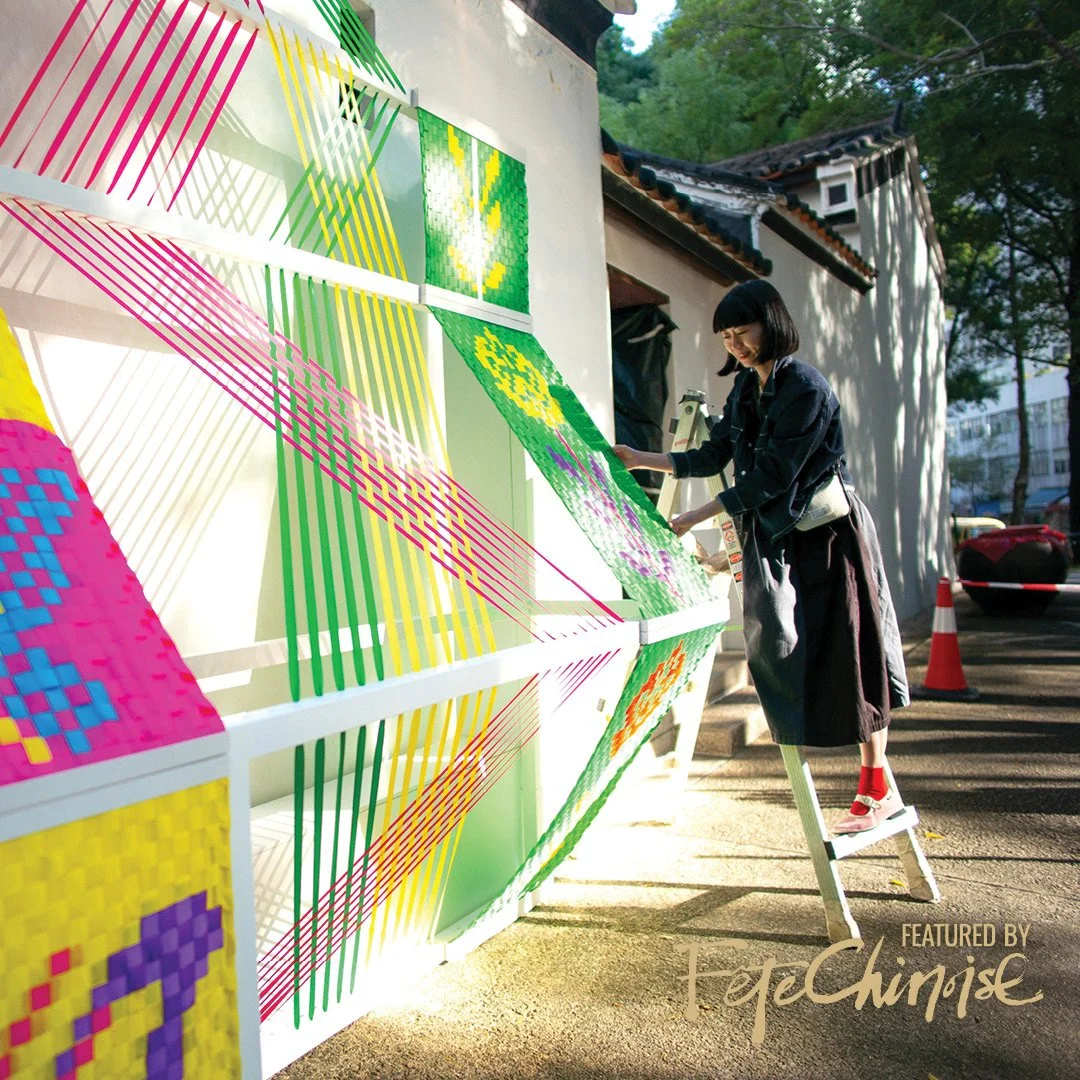




In the skilled hands of Master Hui Ka Hung, paper transforms into vibrant, lifelike creations embodying Hong Kong’s cultural heritage.
Hong Kong is a fast-paced city filled with innovation and potential. Among its towering skyscrapers are streets alive with people rushing to their next destination. Beyond the urban chaos lie alleys steeped in history and tradition. It is here that artisans preserve Hong Kong’s cultural heritage through traditional skills passed down for generations. Among them is Master Hui Ka Hung, whose workshop, Hung C Lau, has become synonymous with the art of paper craft.